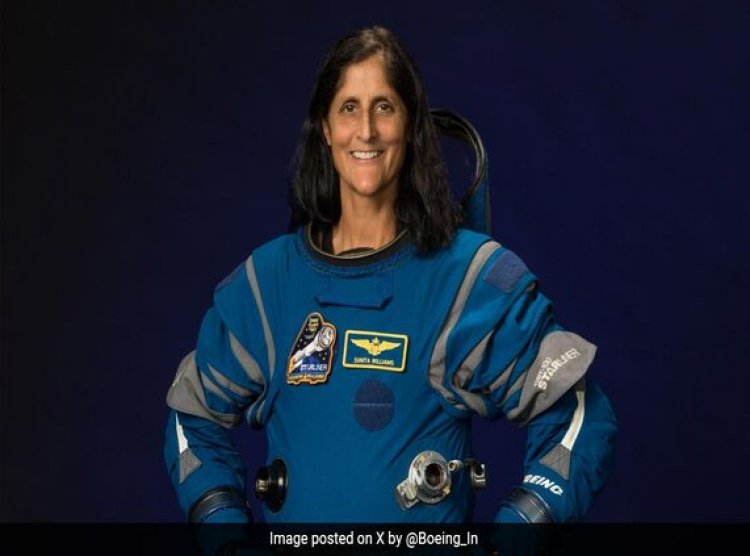Sunita Williams' Starliner crew launch delayed to June debut
The teams are now targeting a launch at 12:25 p.m. ET on Saturday, June 1, with backup opportunities on June 2, June 5, and June 6

NASA announced on Thursday that the first crewed launch of Boeing's Starliner spacecraft, piloted by Indian-origin astronaut Sunita Williams to the International Space Station (ISS), is now scheduled for June 1. The launch window is set for 12:25 p.m. ET, with backup opportunities on June 2, June 5, and June 6.
The mission had been delayed due to a helium leak in Starliner's service module, which was initially set for May 7. NASA, Boeing, and United Launch Alliance (ULA) are working together to ensure the spacecraft's readiness. The Starliner will be launched aboard an Atlas 5 rocket from Cape Canaveral Space Force Station in Florida.
Williams and fellow NASA astronaut Barry Wilmore will stay at the ISS for about two weeks to test the new spacecraft and its systems. This mission is a critical final test before Starliner can be certified for routine ISS missions.
Steve Stich, manager of NASA’s Commercial Crew Program, highlighted the thorough analysis and testing conducted to address the helium leak and replace the Centaur Self Regulating Valve. The mission will proceed once the team's progress and flight rationale are reviewed.
Sunita Williams and Barry Wilmore have been training in Starliner simulators and will return to NASA's Kennedy Space Center closer to the new launch date.
The Boeing Starliner mission is part of NASA’s Commercial Crew Program, which partners with the US aerospace industry to launch astronauts from US soil. Boeing and SpaceX were selected in 2014 for this initiative, with SpaceX's Crew Dragon having already completed 12 crewed missions since 2020.
Boeing received over USD 4 billion to develop the Starliner, expected to be reusable for up to ten missions. SpaceX, which received about USD 2.6 billion, has seen significant success with its Crew Dragon spacecraft.

 Sumit Rawat
Sumit Rawat 










